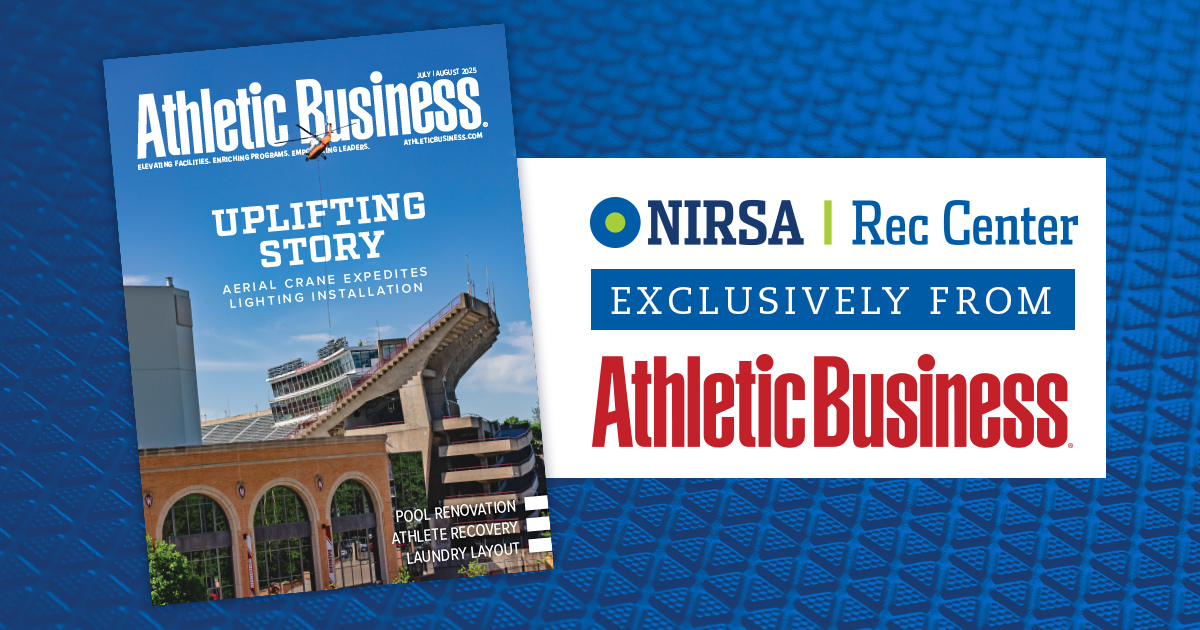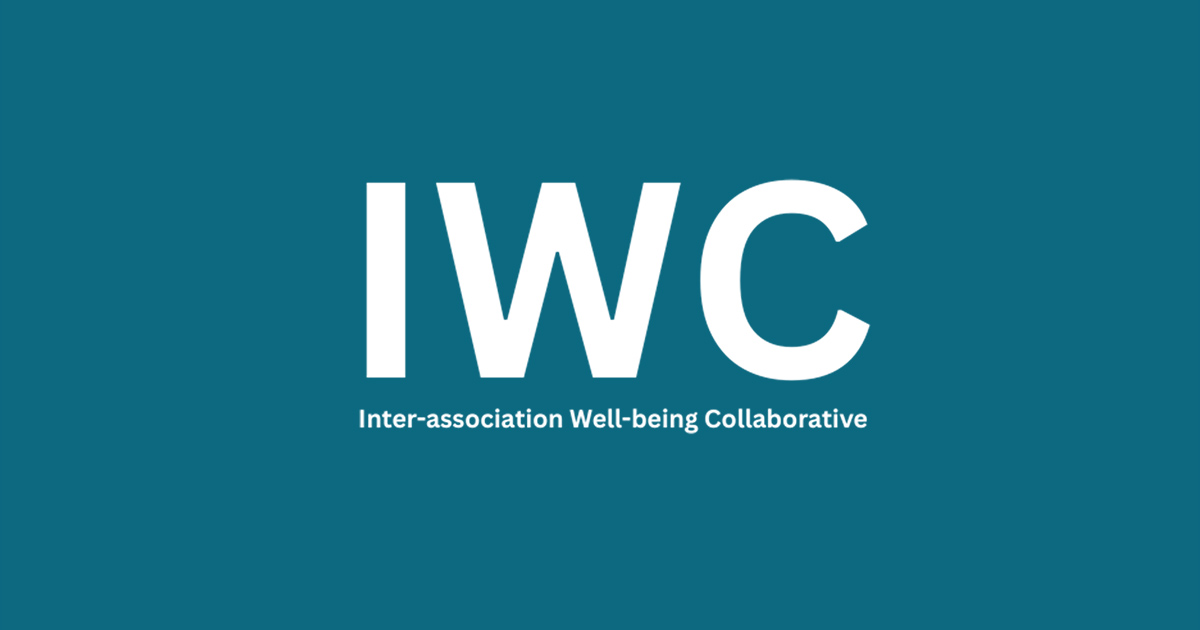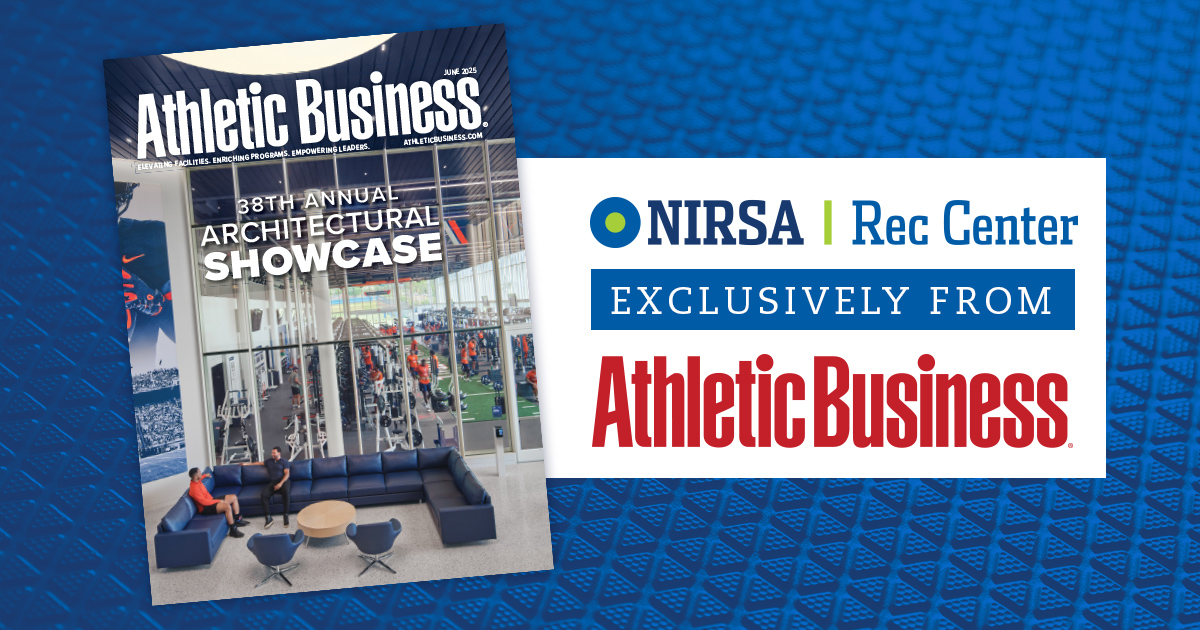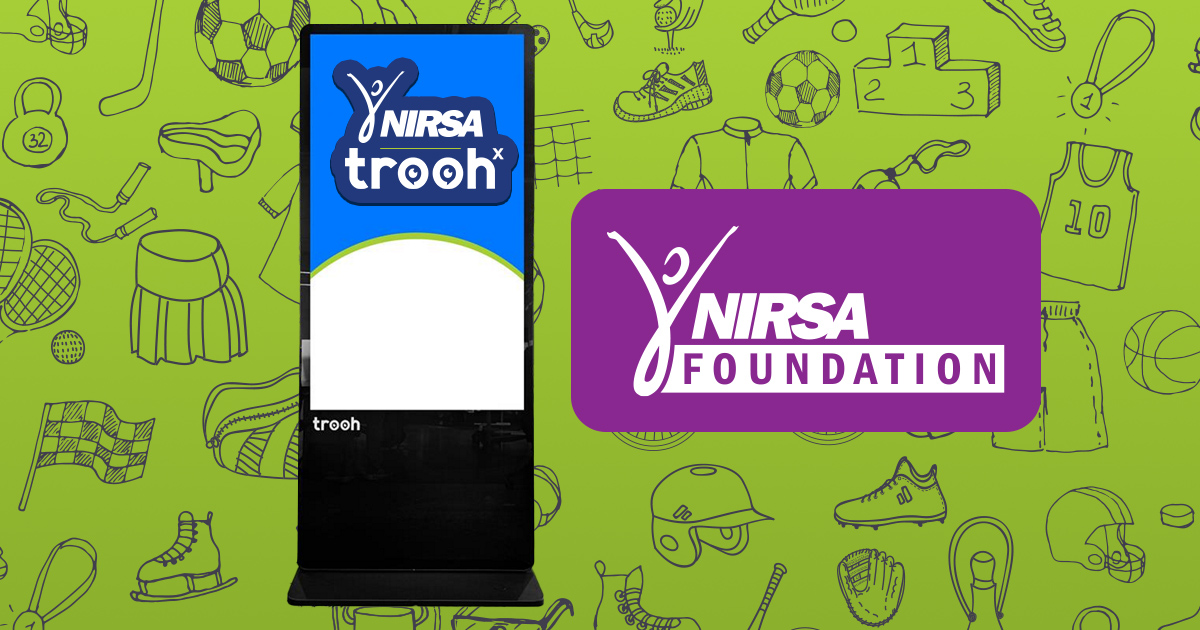The first step toward promoting equity, diversity, and inclusion (EDI) in the fitness industry is to understand their importance—both to you as a professional and to the industry at large. In the long term, it requires an ongoing dialogue with yourself during which you are open to exploring where you may have been falling short in terms of promoting EDI and then implementing strategies to improve your day-to-day practices.
Consider taking these five steps to promote EDI as part of your work in the fitness industry.
1. Understand health equity
Health equity is defined by the World Health Organization as “the absence of avoidable or remedial differences among groups of people, whether those groups are defined socially, economically, demographically, or geographically.” ACE Certified Professionals are well positioned to work toward this ideal. First, we must understand where health disparities come from.
In addition to racial and ethnic differences—which are often the first thing people think of when exploring health disparities—disparities can also occur based on gender, sexual identity, age, disability, socioeconomic status, and geographic location.
While maintaining a healthy lifestyle through behavior modification is necessary to improve health at the individual level, research shows that improving health at a population level and achieving health equity can happen only if the social, economic, and environmental factors that influence health are properly addressed.
Stated simply, addressing social determinants of health is necessary for achieving health equity. So, just what are social determinants of health? They include such things as economic stability (e.g., employment, income, and debt), neighborhood and physical environment (e.g., housing and transportation), education (e.g., literacy and vocational training), food (e.g., access to healthy options), community and social context (e.g., social integration and community engagement), and the healthcare system (e.g., health coverage and quality of care).
You can make an impact by taking a more holistic approach to your coaching, training, or instruction by thinking beyond each individual with whom you work. For example, if a client is not seeing the results you expect from a training program, explore their access to healthy foods or to transportation to and from parks or other safe places to be active. If you have clients or class participants who differ from you in terms of demographics, consider how those differences might impact your work together and their long-term success.
2. Explore your own bias
In any relationship, including the ones you have with your clients or participants, one of the biggest challenges is to identify and then address your own biases, beliefs, and values. This is particularly important when working with diverse and perhaps underserved individuals. For example, preconceived ideas may lead one person to judge another by looking at their experiences through the lens of their own culture rather than that of the other person. For example, you may have been raised with a particular set of values associated with physical activity that don’t align with those of a client of another culture or generation.
The first step to overcoming these biases is to assess and reflect on your own thinking. What are you bringing to the table—or the exercise room—that does not serve your clients well? How might you adjust your approach so that you’re more open to exploring the unique perspective that each of your clients or participants brings with them to each session or class?
3. Adopt a person-centric approach and use the ACE Mover Method™
The ACE Mover Method philosophy was developed to help health coaches and exercise professionals empower clients to make behavioral changes using a person-centered approach. It is founded on three core tenets:
- Each professional interaction is client- or participant-centered, with a recognition that clients and participants are the foremost experts on themselves.
- Powerful open-ended questions and active listening are utilized in every session with clients or participants.
- Clients and participants are genuinely viewed as resourceful and capable of change.
By embracing this philosophy and employing the ACE ABC Approach™—which involves asking open-ended questions, breaking down barriers and collaborating—you’re taking an important step toward recognizing and celebrating each of your clients or participants as an individual.
4. Practice empathy
You can show empathy by demonstrating an active interest in each individual’s internal perspective. Seeing the world through a client’s or participant’s eyes allows you to better understand the many variables that impact their motivation and behavior. You will undoubtedly work with clients of diverse backgrounds and lived experiences during your time as a health coach or exercise professional. It is vital that you practice empathy, embrace diversity and inclusivity, pursue equity, and create an environment that is empowering to every individual who enters it. People want to feel not only welcomed, but understood, embraced, and celebrated.
5. Sign up for “Taking Action with ACE: Practicing Equity, Diversity and Inclusion as an Exercise Professional”
“Taking Action With ACE: Practicing Equity, Diversity and Inclusion as an Exercise Professional”—a $60 continuing education course—is FREE to all ACE Certified Professionals and participants can earn up to 0.3 CECs. The online course provides actionable steps you can apply every day to address equity, diversity, and inclusion; strengthen your communication with people of diverse backgrounds; and demonstrate empathy and understanding as a health coach or exercise professional.
About Cedric X. Bryant
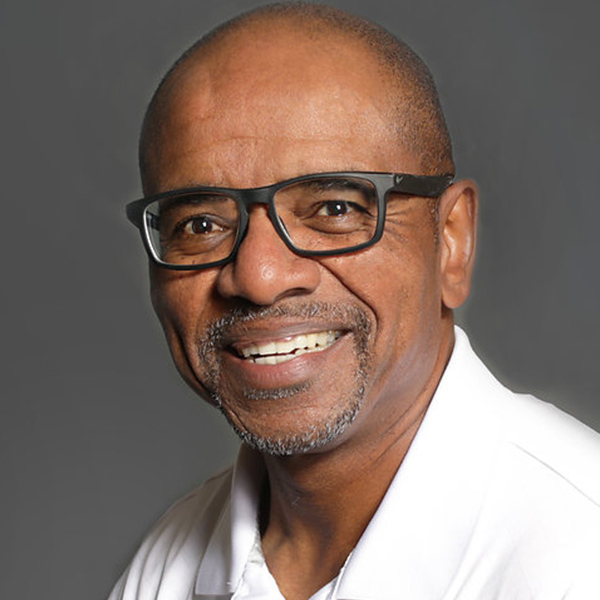
As President and Chief Science Officer, Cedric X. Bryant, Ph.D., FACSM, stewards ACE’s development of strategies to deliver exercise-science and behavior-change education in ways that are engaging and compelling, recruiting more people to become exercise professionals and health coaches and equipping them for growth in their respective fields.
He’s responsible for driving innovation in the area of behavior-change programming, overseeing the development of programs that ACE-Certified Professionals® can utilize to help people adopt and sustain healthier lifestyles. Furthermore, he leads ACE’s exploration of how science-based programs and interventions appropriately integrate into healthcare and public health.
Dr. Bryant represents ACE as a national and international presenter, writer and subject-matter expert, and highly sought-after media spokesperson. He earned both his doctorate in physiology and master’s degree in exercise science from Pennsylvania State University, where he received the Penn State Alumni Fellow Award, the school’s highest alumni honor that is given to select alumni who are considered leaders in their professional fields.
ACE supports NIRSA as an associate member and Silver Partner. NIRSA members receive exclusive discounts on ACE classroom resources and certifications through the NIRSA Discounts & Rewards Program.
- For more information about sponsored content with NIRSA, contact Director of Corporate Relations Emily Hughes.
Cedric X. Bryant, Ph.D., FACSM is currently the President and Chief Science Officer for the American Council of Exercise (ACE).



